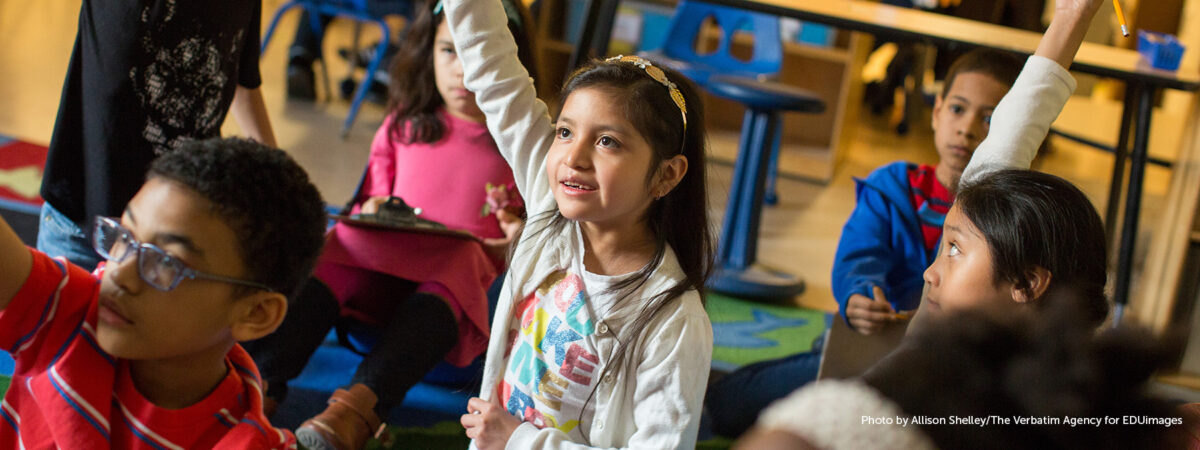
Throughout the Ciena Solutions Challenge, learners are encouraged to ask thoughtful questions in order to develop a meaningful solution to local issues. A global panel of educators from Colombia, Zimbabwe, and Atlanta, Georgia, United States, share their experiences and insights guiding students to use inquiry-based learning as part of their Ciena Solutions Challenge process.
Alesa Baron, a graphic design pathways teacher at Benjamin E. Mays High School in Atlanta, Georgia, highlights the importance of helping students identify personal connections to the issues they want to address. “The whole goal of these projects is for it to actually be doable, for it to be something that they can see unrolled from a question into a solution into a long-term alleviation of an issue,” she says. “And the only way they can do that is, if they actually feel connected to that issue. So I would encourage educators to create an environment where students feel comfortable telling their story and being vulnerable, because that vulnerability is going to lead those students to their heart’s work and their passions, and those passions are gonna lead students to sustainable solutions.”
Entrepreneurship educator Jobert Ngwenya shares the role of technology in helping his students at Eveline High School in Bulawayo, Zimbabwe, make connections in their community. “The project allowed them [learners] to use their mobile devices in the classroom because it helped them to explore the problem and gave them the opportunity to ask questions. Through the use of technology we were able to explore our surrounding community, go beyond our geographical waters, and reach out to university lecturers outside our city… It is very important to bring the real world into the classroom and contextualize the problems in the world…it allows them to step out of their comfort zone so that they really enjoy what they are doing.”
Bivana Isabel Andica Correa, a teacher at The Educative Institution El Caimo in Armenia, Colombia, emphasizes how students need ample time to get the most out of their research process. “The idea [of our project] was that the students, through research and investigation, could get closer to the community, their ancestors, and to the elders of the indigenous community… If you want to do something with your students beyond the classroom and content, and take them to the next level, you have to give them extra time to [research].”
If you’re passionate about fostering creativity and student empowerment, register to participate in the Ciena Solutions Challenge!